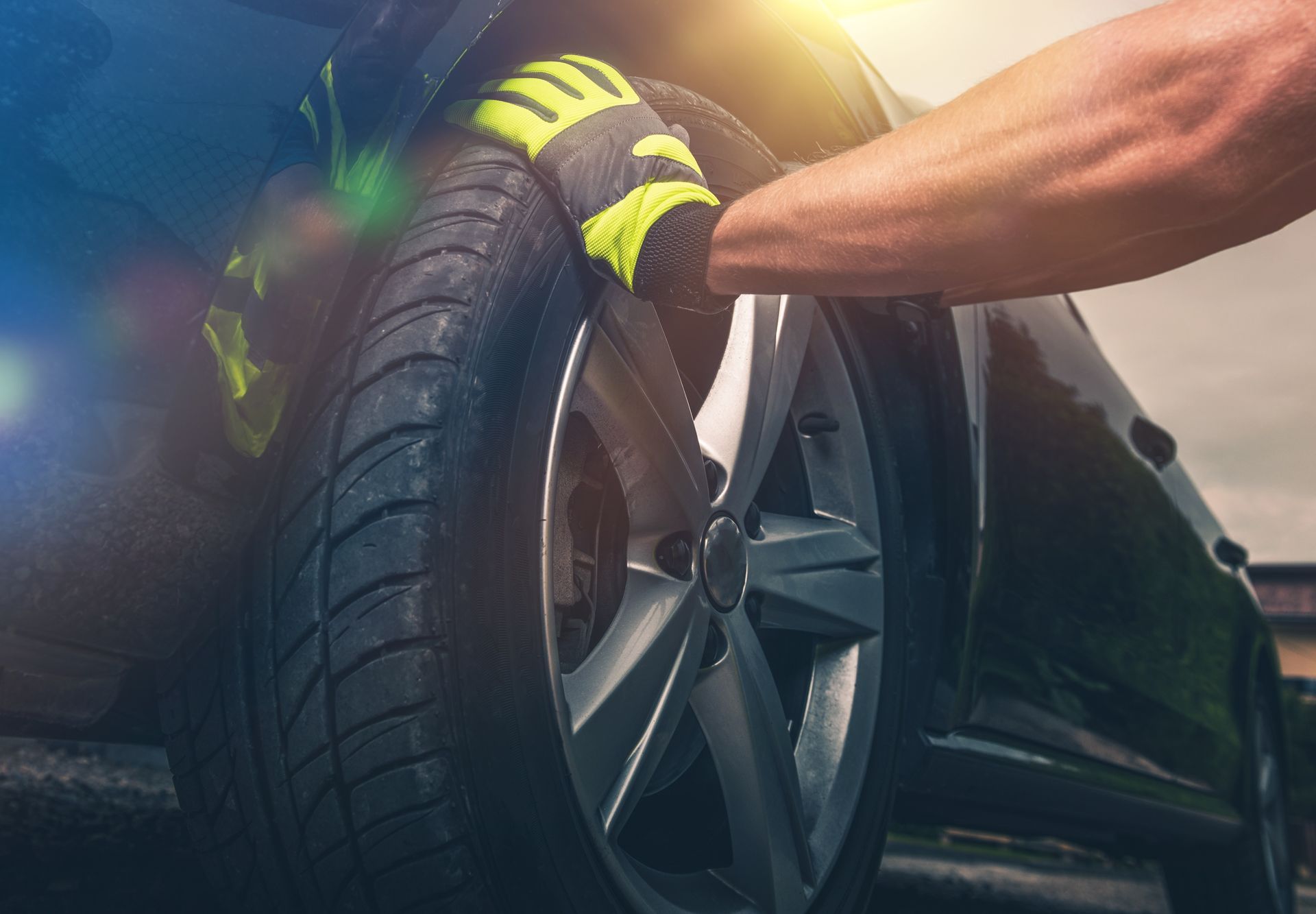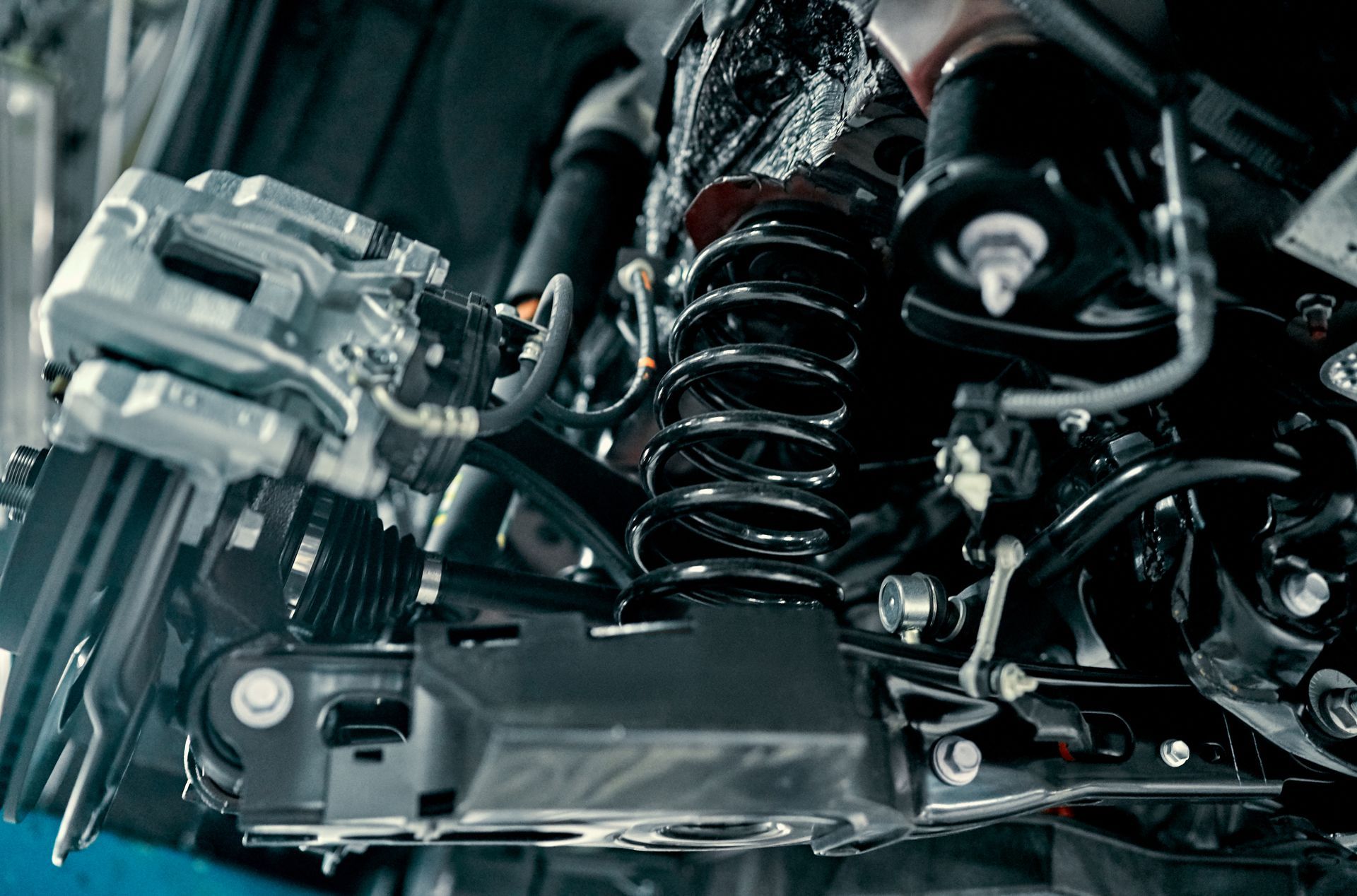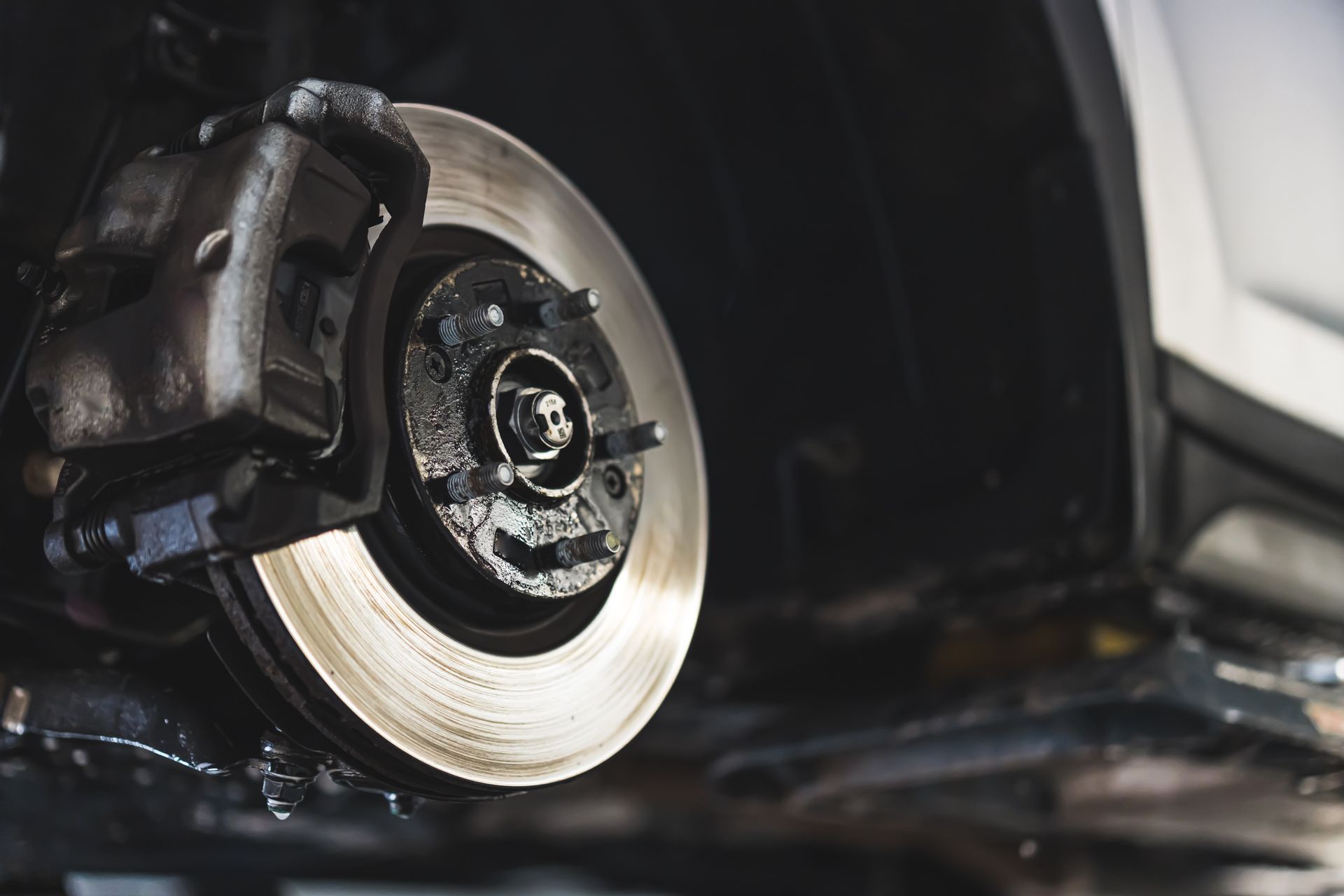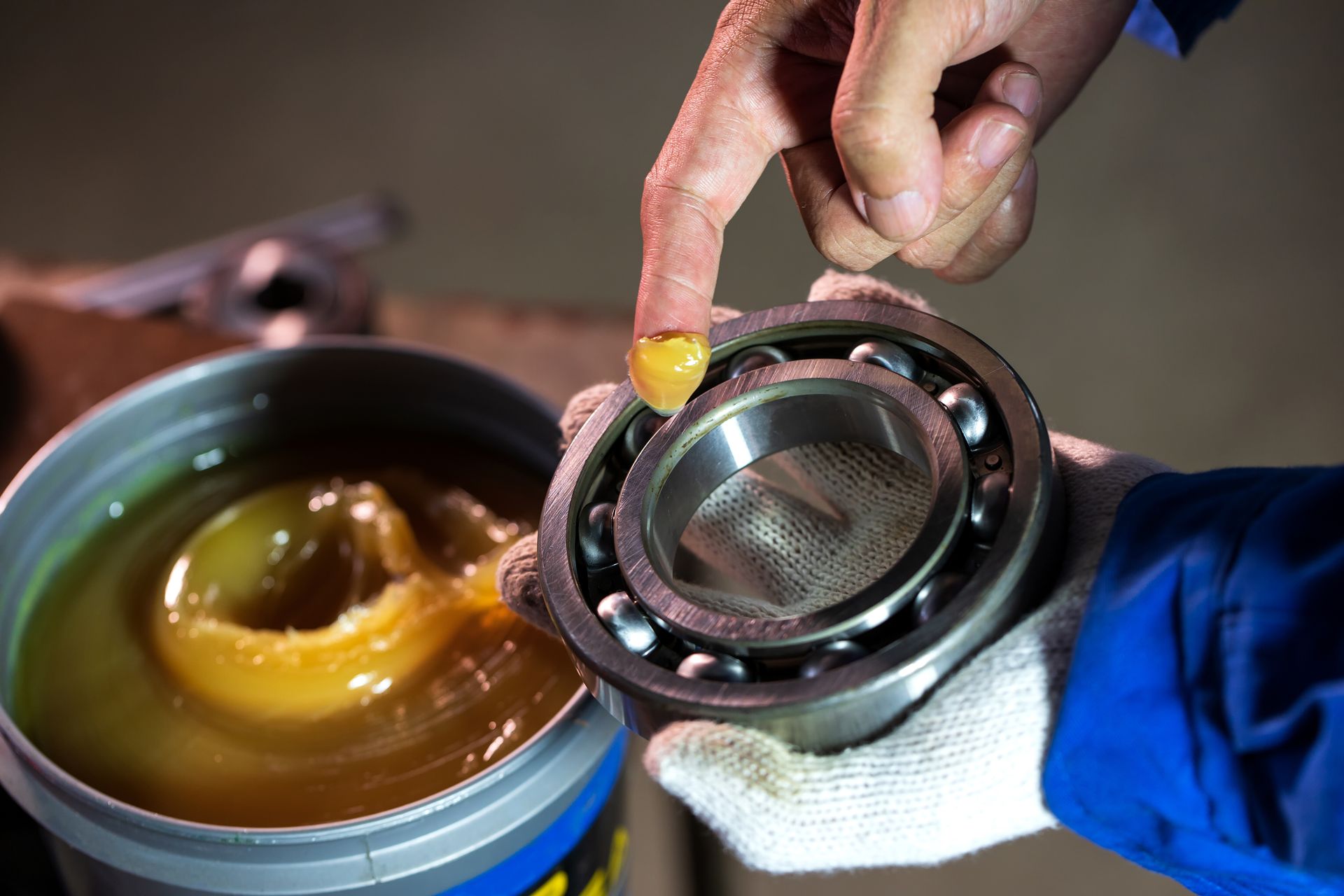How Does Seat Positioning Affect Driving Safety?
Driving might seem second nature to most of us, but even the smallest details, like how you position your seat, can significantly impact safety. It’s not just about comfort—proper seat positioning ensures better control, minimizes fatigue, and even improves the effectiveness of your car’s safety features. So, why does seat position matter so much, and how can you make sure yours is adjusted just right?
Proper Seat Positioning
Your car’s seat isn’t just a chair but a tool designed to support and protect you while you drive. When it’s not adjusted correctly, you could experience strain, reduced reaction times, or even a greater risk of injury during a collision.
The key is to strike a balance between comfort and functionality. You should feel relaxed but still have full control over the steering wheel, pedals, and gear shift. Sitting too far back can stretch your reach while being too close could cramp your movements and reduce your ability to react quickly.
How Seat Height Impacts Your View
One of the first things to check is your seat’s height. If you’re sitting too low, your visibility on the road might be compromised, which is especially risky in heavy traffic or bad weather. Conversely, sitting too high can distort your perception of the car’s dimensions, making parking or judging distances trickier.
To find the ideal height, make sure you have a clear, unobstructed view of the road, dashboard, and mirrors. Your head should be at least two inches below the car’s ceiling to avoid discomfort and maintain proper airbag alignment.
Distance From the Steering Wheel
Another critical factor for safety is how far you sit from the steering wheel. The National Highway Traffic Safety Administration (NHTSA) recommends keeping at least 10-12 inches between your chest and the steering wheel. This distance ensures you’re not too close to the airbag in case it deploys while still allowing you to comfortably reach the wheel without stretching.
Your arms should have a slight bend at the elbows, and your hands should ideally rest on the wheel at the 9 and 3 o’clock positions. This setup reduces strain and gives you better control during quick maneuvers.
Pedal Access and Foot Comfort
Next, check your distance from the pedals. You should be able to press the brake and accelerator pedals fully without overextending your legs. At the same time, your knees should remain slightly bent to absorb shock and reduce stress on your joints during long drives.
A poorly adjusted seat can lead to awkward angles that strain your ankles and knees, especially in stop-and-go traffic. Over time, this discomfort can lead to fatigue and make driving more challenging.
Backrest Angle and Lumbar Support
The angle of your seat’s backrest is often overlooked, but it plays a major role in your posture and overall comfort. Ideally, the backrest should be tilted at a slight angle, around 100-110 degrees, to provide proper support for your spine. Sitting upright or leaning too far back can both cause strain and reduce your reaction time.
If your car has adjustable lumbar support, use it to match the natural curve of your lower back. This helps reduce pressure on your spine and prevents long-term discomfort, especially during road trips.
Headrest Alignment for Added Protection
The headrest isn’t just there for comfort—it’s a critical safety feature designed to reduce the risk of whiplash in a collision. For maximum effectiveness , the top of the headrest should align with the top of your head, and there should only be a slight gap between the back of your head and the headrest.
Neglecting this adjustment can leave your neck unsupported during sudden stops or rear-end accidents, leading to unnecessary injuries.
Common Mistakes to Avoid
Many drivers unknowingly adopt unsafe seating habits over time. Slouching, resting your wrist on the top of the steering wheel, or positioning your seat too far back are all common errors that compromise both safety and comfort.
If you frequently switch vehicles or share a car with others, make it a habit to readjust the seat and mirrors every time you get behind the wheel. Taking a few seconds to do this can make a big difference in your driving experience.
Proper seat positioning can make all the difference in your driving safety. Stop by
Crown City Tire Auto Care for a vehicle inspection to ensure every part of your car is working in harmony with your needs.

Follow us
Crown City Tire Auto Care
Services
List of Services
-
Auto A/C RepairAuto A/C Repair Auto A/C Repair
-
Car Battery ReplacementCar Battery Replacement Car Battery Replacement
-
Brake ServiceBrake Service Brake Service
-
Engine RepairEngine Repair Engine Repair
-
Oil ChangesOil Changes Oil Changes
-
4-Wheel Alignment4-Wheel Alignment 4-Wheel Alignment
-
Tire ServiceTire Service Tire Service
-
Fluid Level ChecksFluid Level Checks Fluid Level Checks
-
Alternator ReplacementAlternator Replacement Alternator Replacement
-
Air Filter ReplacementAir Filter Replacement Air Filter Replacement
© 2024 Crown City Tire Auto Care. All Rights Reserved | Website managed by
Shopgenie








